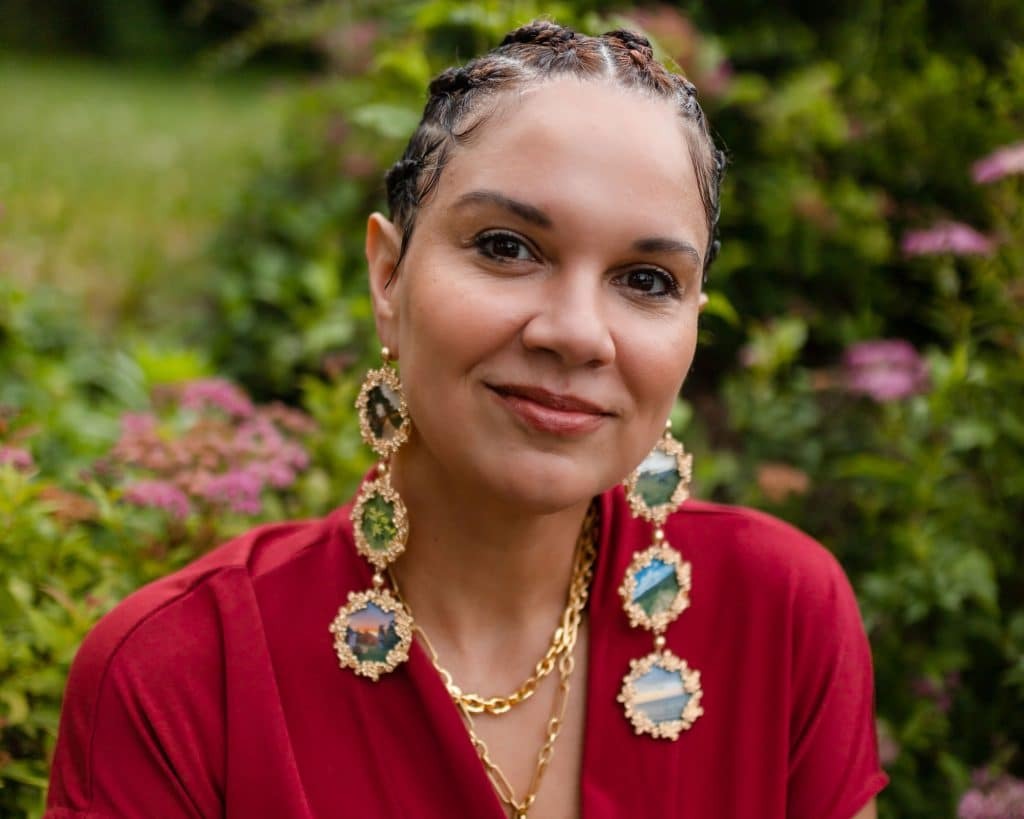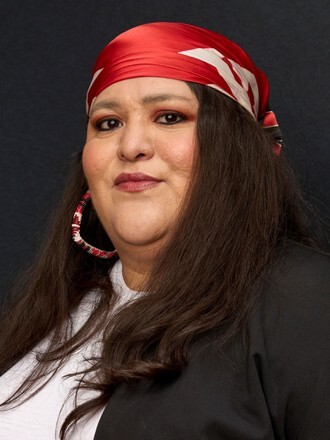We’ve come to the season one finale of Infinite Patterns, and wow, what a journey it’s been! Thank you for joining us on this exploration of how the media shapes our perceptions of the world and how our grantee partners are working to re-shape the narrative. But don’t worry, this isn’t goodbye! We’ve got a ton of exciting content in the works for season two, so stay tuned for more updates on what’s to come. And remember, you can always run back the episodes you may have missed (or just want to re-listen to) over on YouTube or your favorite podcast platform.
In episode 6, we’re diving into an area that is both incredibly timely and critically important: the evolving landscape of journalism and its role in representing the diverse voices that make up the fabric of our society. Tia Oso, Principal at the ZEAL Cooperative, spoke to three publishers dedicated to disrupting the flat and authoritative (re: loud and wrong) voice of mainstream media.

Damaso Reyes is the Executive Editor of the NY Amsterdam News, a Black-owned newspaper founded in 1909 to provide a “counterweight to mainstream news,” offering “a more holistic perspective.” He joined the paper to reflect his experiences growing up in Brooklyn in the 1980s. “Were there drugs? Yes. Was there violence? Yes. But it was an exception, not the rule.
This is the core of mainstream media harm: selective storytelling that distorts reality. Mainstream outlets have historically portrayed Black and Brown communities as defined by their struggles, instead of reflecting the rich complexity of their lives. As Damaso points out, a lack of diverse, quality information often leads to a situation where people are “at the whim of whoever can do the best job of manipulating you.”
Even though New York is the media capital of the world, many of its Black and Brown residents are underreported and misrepresented, finding themselves in what Damaso calls “news deserts”— an issue that the NY Amsterdam News has long fought to address, especially with its groundbreaking investigative unit. “Information is the heartbeat of a multiracial democracy.” Without that heartbeat, we’re left in the dark.

Crystal Good is the founder and publisher of Black by God, which centers Black voices in Appalachia—a region often overlooked in discussions about race in America. Crystal’s publication goes beyond reporting the news; they’re uncovering history. As she puts it, Black by God is working to create “another archive” that can build a fuller, more nuanced picture of the area, one that challenges the historical erasure of Black experiences in Appalachia. “Black by God is a part of African American culture. And that should mean something.”
She’s also deeply invested in educating both journalists and citizens about the 1968 Kerner Commission Report, which warned of the cost of racial discord in the United States, and Media 2070, an organization dedicated to media reparations. Crystal envisions a sustainable, inclusive media ecosystem that will allow Black journalists to thrive.

Luella Brien of Crow Agency runs Four Points Press. Luella’s vision of journalism as a “communal process” is rooted in traditions of storytelling, where there’s always a witness to corroborate the story. Unfortunately, mainstream media has often failed to be that witness for Indigenous communities, opting instead for narratives that pigeonhole Indigenous people into two categories: “criminals and performers—mugshots and feathers.”
At Four Points Press, Luella and her team are working to “indigefy” journalism, creating a stylebook that reflects the cultural identities, names, places, and traditions of the Crow people. This initiative is not only about correcting the record—it’s about empowering the community to take ownership of their own stories, which can only be told by those who understand them best. Luella stressed the need for small-town coverage and grassroots journalism, which often flies under the radar in the broader media conversation.
Damaso, Crystal, and Luella are building a media ecosystem where everyone’s participation is possible—not just as consumers of information, but as creators, curators, and witnesses. They are ensuring that Black, Brown, and Indigenous voices aren’t just ornamental to the American story but central to it.
As we wrap up this season of Infinite Patterns, we want to thank you for listening, sharing, and engaging. We are at a crossroads in our media landscape, and it’s up to us to push for a media ecosystem that’s just and representative. It’s not just about telling stories—it’s about seeing ourselves completely. This is the future of journalism: an ecosystem that nurtures all voices, stokes the fires of liberation, and ensures we build an informed, healthy, and multiracial democracy.
Infinite Patterns – where storytellers tell all. Thank you for being part of this journey. More soon.



